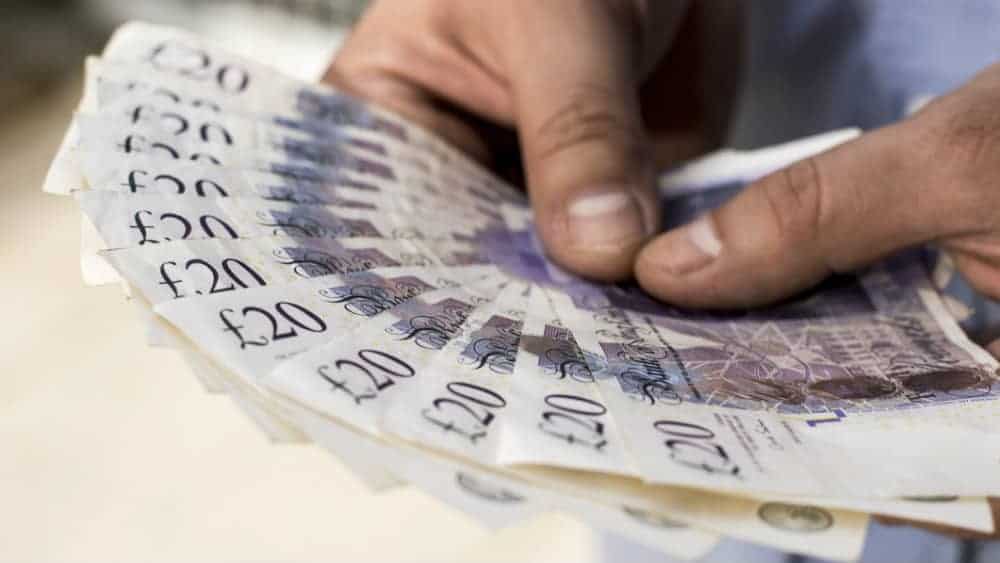Finding ways to get money without having to work for it can help improve our personal finances. It can also play a role in building more long-term financial security. And buying dividend shares can be a straightforward way to set up passive income streams.
Here is how I would aim to do that if I had a spare £800.
The concept of dividend yield
When investing for passive income, it is important to understand the concept of dividend yield. That is the dividend I could earn from owning a share, expressed as a percentage of what I pay for it. So, for example, if I pay £1 for a share and its annual dividend is 5p, the yield is 5%.
This means that not only the size of the dividend matters, but also what I pay for a share. For example, at the moment, Vodafone shares yield 5.8%. But if the Vodafone share price doubles and I buy, then I will only get a yield of 2.9%. So when looking at dividend shares to buy, I think it is important not just to look at the dividend size in pence but also its percentage yield.
Another factor I look at is how likely I think the dividend is to be maintained. To pay a dividend year after year, a company needs to make profits big enough to fund it. So I try to find businesses with some advantage over their rivals that I think could help them make profits in years to come.
Dividends as passive income streams
As passive income is my objective. I would not want to feel the need to keep checking up on how my shares are performing. I would rather invest my money in a few companies I thought had good income prospects. Then I could then sit back and wait, in the hope of receiving this passive income.
I would still keep an eye on how the businesses were progressing, in case some big development changed the investment case for a particular share. But frequent trading brings costs. Putting my £800 into a few companies for years would hopefully allow me to build up passive income streams, with the possibility of dividend growth over time.
If I invested in shares with an average 6% yield, £800 should get me annual passive income of around £48. While that may not be a huge amount, I think it would be an attractive return for my £800. I would be entitled to any dividends declares for as long as I held the relevant shares. So my passive income could keep trickling in year after year, long after my initial £800 investment.
Of course, dividends are never guaranteed, so I would diversify across three or four different shares to reduce the impact on my passive income if one of them cancelled its dividend.
Putting the plan into action
If I had £800 on hand, I would set up a share-dealing account or a Stocks and Shares ISA and start using my funds to buy dividend shares that met my investment objectives and risk profile.
After that, I would just sit back and wait. Hopefully, my first dividends would start to arrive in the next few months, or perhaps even sooner.








